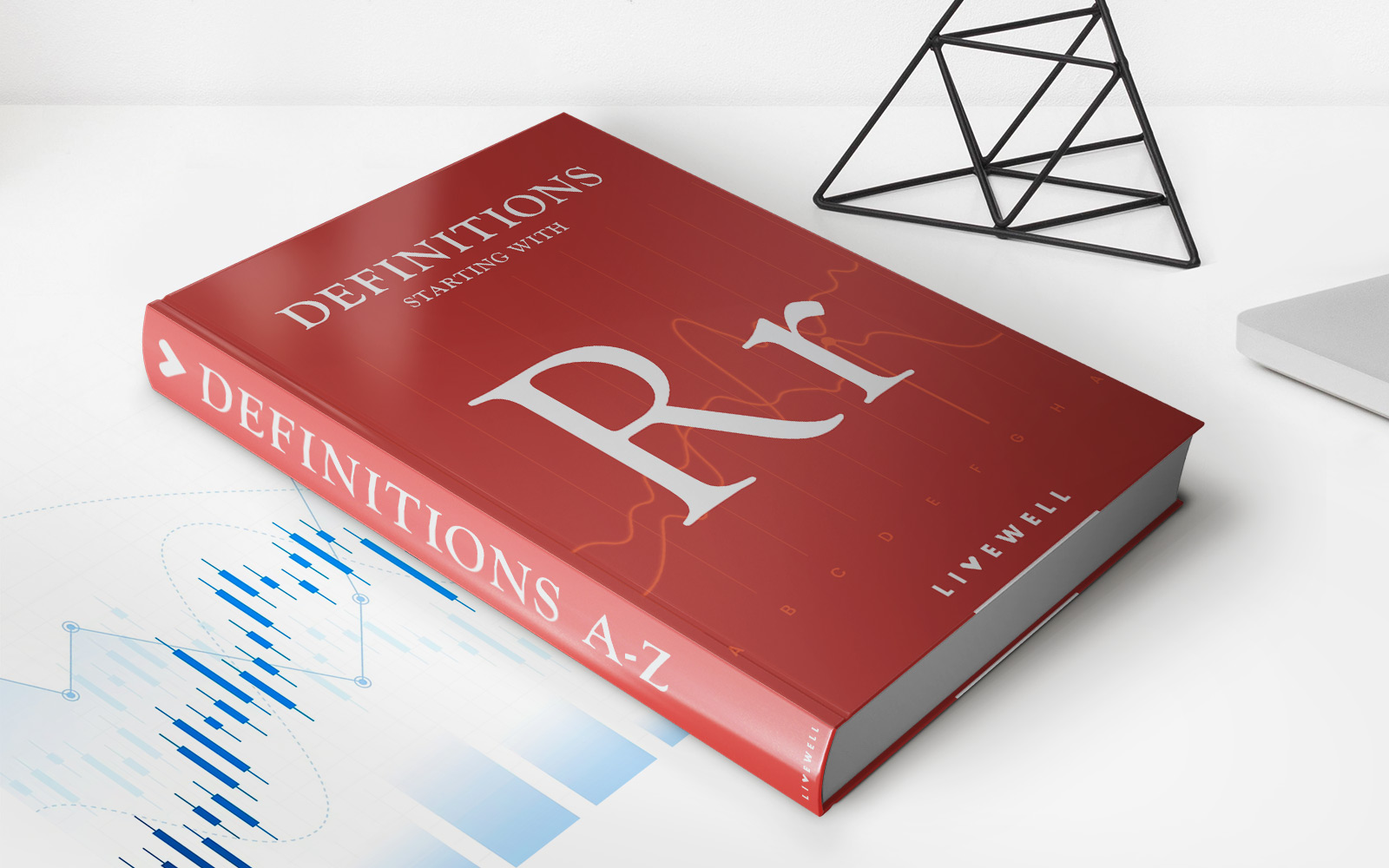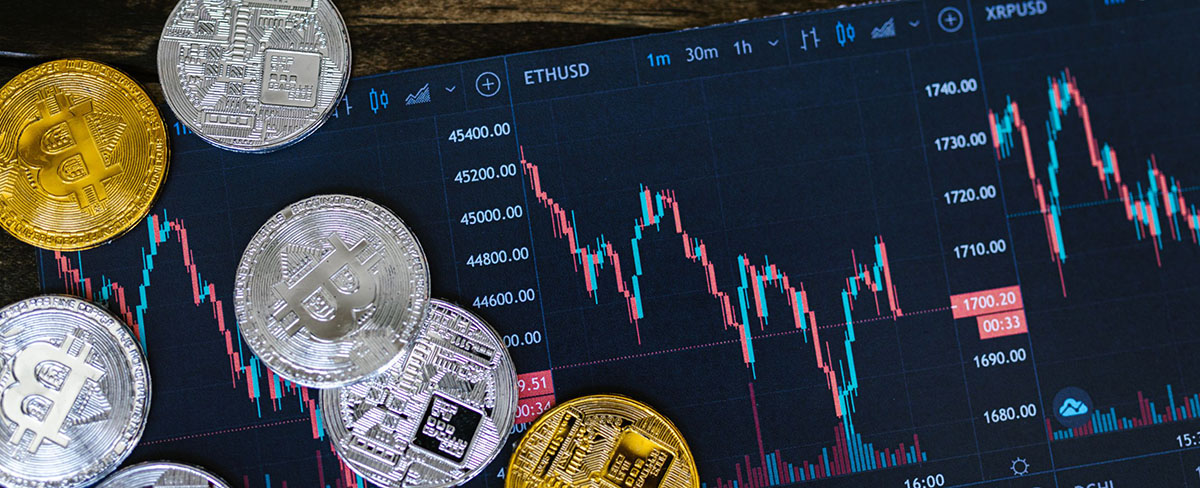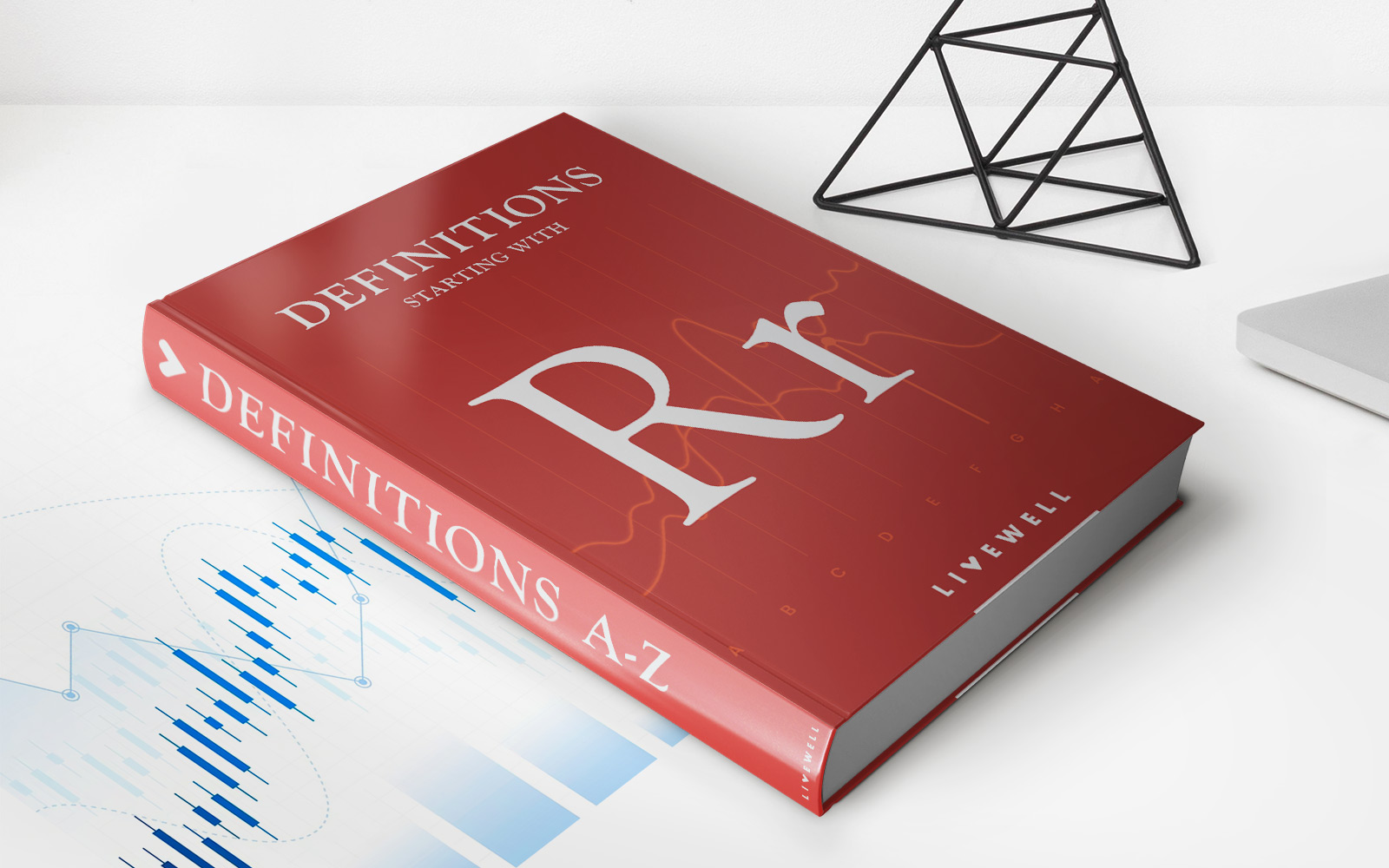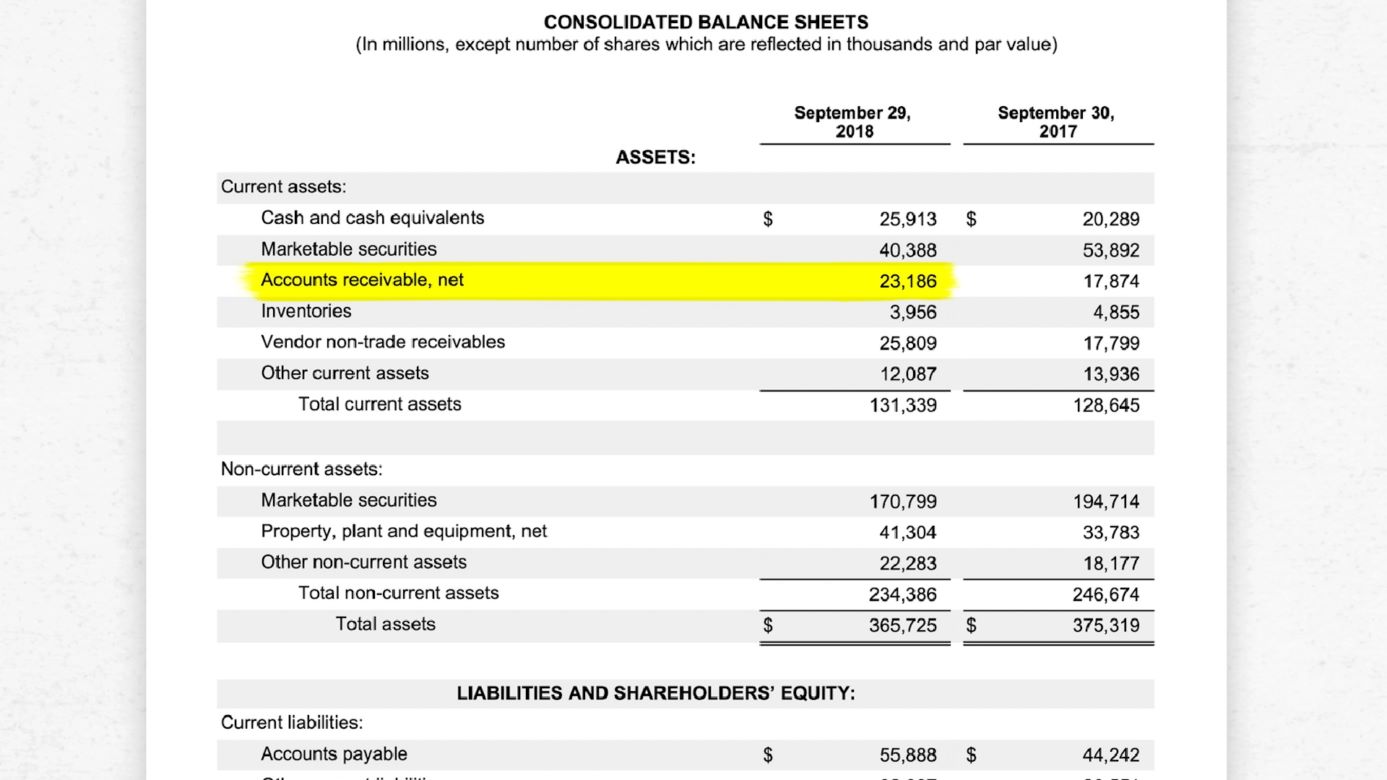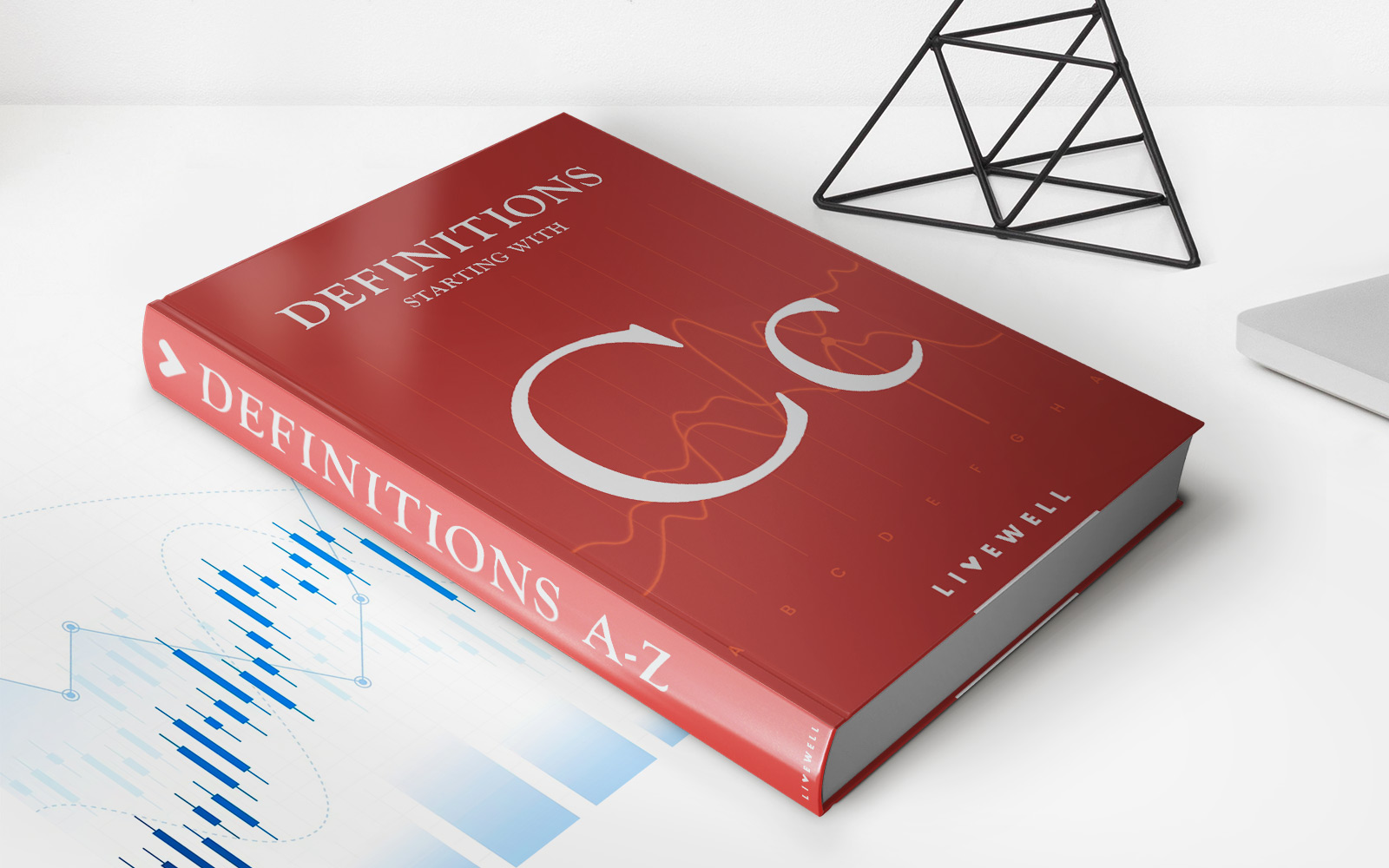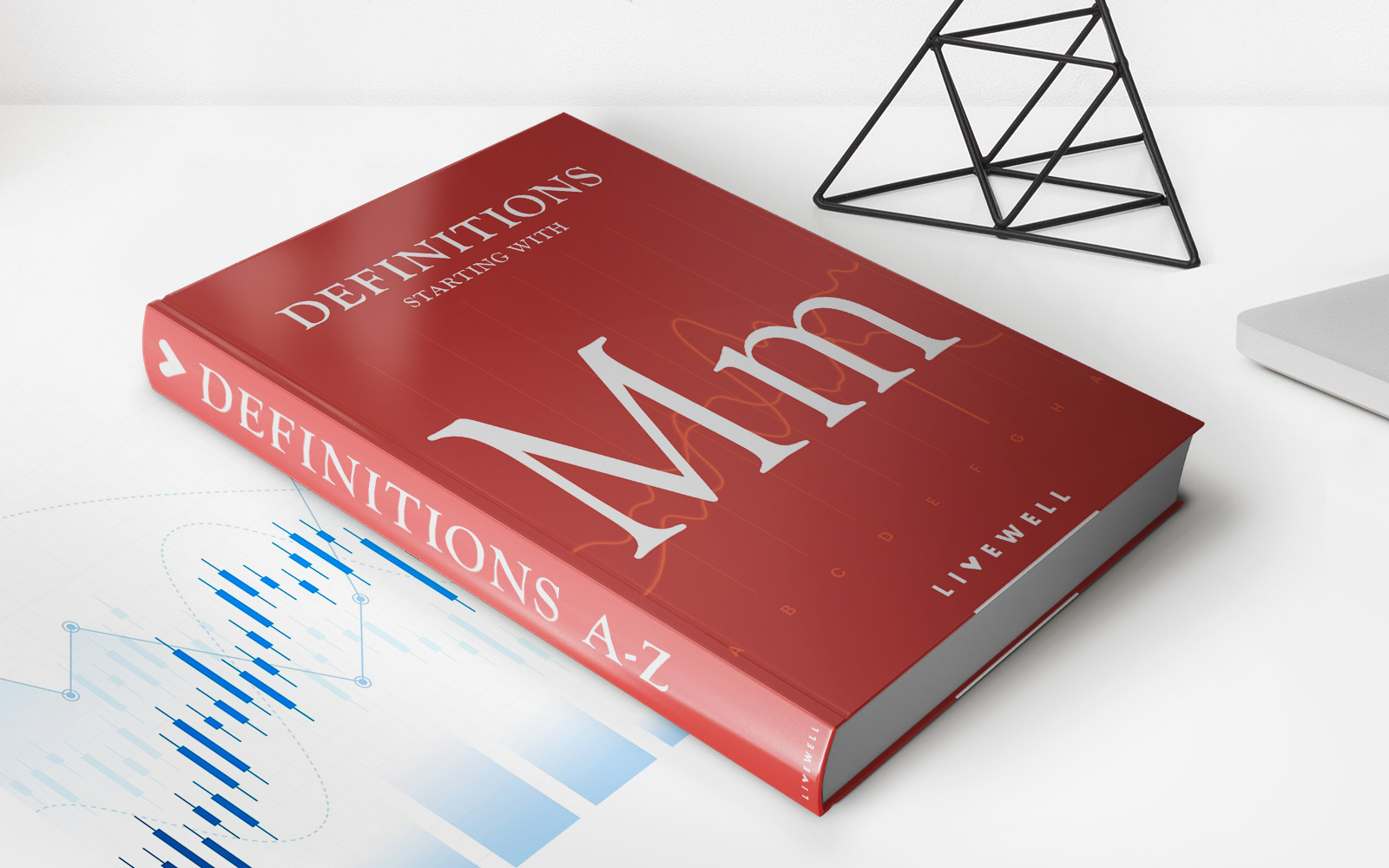

Finance
What Is Residual Value In Accounting
Published: October 12, 2023
Learn the concept of residual value in accounting and its importance in finance. Gain a clear understanding of how residual value affects financial statements and decision-making.
(Many of the links in this article redirect to a specific reviewed product. Your purchase of these products through affiliate links helps to generate commission for LiveWell, at no extra cost. Learn more)
Table of Contents
Definition of Residual Value
In the world of accounting, residual value refers to the estimated worth of an asset at the end of its useful life. Also known as salvage value or scrap value, it represents the remaining value of an asset that can be recovered or sold after it has served its purpose.
Residual value is an essential concept in accounting as it helps determine the depreciation expense of an asset over its useful life. By subtracting the estimated residual value from the initial cost of the asset, accountants can calculate the depreciation amount that needs to be allocated annually.
For example, imagine a company purchases a delivery truck for $50,000 and expects it to be useful for five years. If the estimated residual value after five years is $10,000, the company would depreciate the truck by $8,000 ($50,000 – $10,000) per year.
Residual value is generally expressed as a monetary amount, but it can also be represented as a percentage of the asset’s initial cost. The percentage is often based on industry standards and market conditions.
When estimating the residual value of an asset, accountants take into consideration various factors such as the asset’s condition, market demand, technological advancements, and economic trends. This estimation is crucial as it directly impacts the depreciation expense recorded on the company’s financial statements.
It’s important to note that residual value may not always be positive. In some cases, an asset may have a zero or even negative residual value if it is no longer usable or has negative market value.
Importance of Residual Value in Accounting
Residual value plays a vital role in accounting, particularly in determining the depreciation expense of an asset. Here are some reasons why it is important:
- Accurate financial reporting: Properly estimating and accounting for the residual value ensures that a company’s financial statements reflect the true value of its assets. This helps stakeholders make informed decisions about the company’s financial health and performance.
- Depreciation calculation: Residual value is an essential component in calculating the depreciation expense of an asset. By subtracting the estimated residual value from the asset’s initial cost, accountants can allocate the appropriate depreciation amount over its useful life.
- Cash flow management: The residual value affects cash flow projections as it determines how much an asset can be sold for at the end of its useful life. This information is crucial for companies to plan and budget for future expenses and investments.
- Asset replacement planning: Estimating the residual value helps organizations determine when an asset should be retired and replaced. If the residual value is low, it may be more cost-effective to replace the asset sooner rather than continuing to incur maintenance and operating costs.
- Tax implications: Residual value is also significant for tax purposes. A higher estimated residual value can result in a smaller tax deduction for depreciation expenses, reducing a company’s taxable income.
- Lease agreements: In the case of leasing assets, the residual value is a critical consideration. It affects the monthly lease payments and the buyout option at the end of the lease term. Accurately estimating the residual value ensures fair lease terms for both parties involved.
Overall, the accurate determination of residual value in accounting is crucial for reliable financial reporting, effective asset management, and informed decision-making. It helps organizations stay compliant with accounting standards and optimize their financial resources.
Calculation Methods for Residual Value
There are several methods used to calculate the residual value of an asset. The choice of method depends on factors such as the asset type, industry norms, and market conditions. Here are a few commonly used methods:
- Straight-line method: This is the simplest and most widely recognized method for calculating residual value. It assumes that the asset depreciates evenly over its useful life. The residual value is estimated by subtracting the accumulated depreciation from the initial cost of the asset.
- Percentage of initial cost: With this method, the residual value is estimated as a percentage of the asset’s initial cost. The percentage can be based on industry standards, market conditions, or expert judgment. For example, if the initial cost of an asset is $10,000 and the estimated residual value is 10%, the residual value would be $1,000.
- Percentage of book value: This method estimates the residual value as a percentage of the asset’s book value, which is the initial cost minus accumulated depreciation. By using the book value as a base, this method takes into account the asset’s usage and accumulated depreciation over time.
- Market value: In some cases, the residual value can be estimated based on the current market value of similar assets. This method is commonly used for assets with a fluctuating market demand, such as vehicles or real estate. Market research and expert opinions are often sought to determine the appropriate residual value.
- Expected disposal value: For certain assets, particularly those with limited alternative uses or high disposal costs, the residual value may be estimated based on the expected proceeds from the asset’s disposal. This method takes into account factors such as potential scrap value or expected salvage value.
It’s important to note that these methods are estimates, and the actual residual value may differ from the calculated value. Regular reviews and updates of the residual value are necessary to ensure the accuracy of financial statements and decision-making processes.
Factors Affecting Residual Value
Several factors can influence the residual value of an asset. It’s important to consider these factors when estimating the value, as they can significantly impact the accuracy of financial calculations and decisions. Here are some key factors that affect the residual value:
- Asset condition: The overall condition of the asset at the end of its useful life plays a crucial role in determining its residual value. Well-maintained and properly cared-for assets typically have a higher residual value compared to those that have not been well-maintained.
- Market demand: The demand for a particular asset in the market can affect its residual value. Assets that are in high demand and have a strong resale market can command a higher value. Conversely, assets that have low demand or are outdated may have a lower residual value.
- Technological advancements: Rapid technological advancements can quickly make certain assets obsolete, reducing their residual value. Assets that are likely to be replaced by newer and more advanced technologies may have a lower residual value.
- Economic conditions: General economic conditions, such as inflation rates and interest rates, can impact the residual value of an asset. Economic downturns may lower the demand for certain assets, leading to a decrease in their residual value.
- Market competition: The level of competition for the sale or disposal of a particular asset can impact its residual value. If there are multiple sellers or limited demand for an asset, the residual value may decrease.
- Environmental factors: In certain industries, environmental regulations and considerations can affect the residual value of assets. Assets that do not comply with environmental standards may have limited resale options, resulting in a lower residual value.
- Asset customization: Assets that have been customized or specialized for a specific purpose may have a lower residual value. Customizations may limit their appeal or usability to potential buyers or lessees.
It’s important to analyze and consider these factors when estimating the residual value of an asset. Regular monitoring and adjusting of estimates based on changes in market conditions and asset usage can help ensure accurate financial reporting and informed decision-making.
Advantages of Accurately Determining Residual Value
Accurately determining the residual value of an asset offers several advantages for businesses. Let’s explore some of the key benefits:
- Effective financial planning: Accurate estimation of residual value allows companies to effectively plan their finances. It helps in determining the depreciation expense, cash flow projections, and budgeting for future expenses or replacement of assets.
- Optimized asset management: Knowing the accurate residual value of assets enables businesses to make informed decisions about when to retire or replace them. This helps in managing equipment and machinery efficiently, minimizing unnecessary operating costs and maximizing productivity.
- Fair lease agreements: In leasing agreements, accurate residual value estimation is important. It ensures that lease terms and payments are fair for both parties involved. A realistic residual value allows lessees to plan their obligations and lessees to account for the potential value at the end of the lease term.
- Improved decision-making: Accurate residual value estimation provides valuable information for decision-making. It helps management assess the cost-effectiveness of purchasing or leasing assets. They can evaluate whether it is more advantageous to retain an asset or sell it to generate revenue and invest in new assets.
- Accurate financial reporting: Estimating the residual value correctly ensures the accuracy of financial statements. This helps in maintaining compliance with accounting standards and providing stakeholders with a transparent view of the company’s financial health.
- Tax implications: Residual value estimation affects tax deductions for depreciation expenses. An accurate estimation can help companies optimize their tax strategies, potentially reducing their taxable income and overall tax liability.
- Evaluating investment returns: Accurate residual value estimation assists in evaluating the return on investment (ROI) for assets. It helps companies determine whether the assets are generating sufficient value over their useful life and if alternative investment options would yield better returns.
- Enhanced liquidity management: Understanding the residual value of assets provides insights into their potential resale value. This knowledge enables businesses to plan for eventual asset sales and optimize their cash flow management strategies.
Overall, accurately determining residual value offers numerous benefits for businesses, including improved financial planning, optimized asset management, fair lease agreements, and informed decision-making. It enhances the company’s financial performance, efficiency, and ability to adapt to market conditions.
Examples of Residual Value in Accounting
Residual value, also known as salvage value, is an essential concept in accounting. Here are some examples of how residual value is applied in various industries:
- Automobile industry: When a company purchases a vehicle, it estimates the residual value to calculate depreciation. For example, if a business buys a delivery van for $30,000 and estimates a residual value of $5,000 after five years, it would depreciate the van by $5,000 per year.
- Real estate industry: Residual value is relevant in real estate accounting, particularly in determining the depreciation of rental properties. The property’s estimated residual value is used in calculating depreciation expenses over its useful life. This helps landlords and property owners accurately report their rental income and expenses.
- Technology industry: Companies that invest in technology equipment, such as computers or software, need to estimate the residual value for depreciation purposes. This estimation guides them in allocating the depreciation expense over the equipment’s useful life, ensuring accurate financial reporting and tax calculations.
- Manufacturing industry: In manufacturing, residual value is considered not only for equipment but also for components or raw materials. For example, manufacturers may estimate the residual value of leftover raw materials after a production process to account for their value or potential reuse.
- Aircraft industry: The aviation industry relies heavily on residual value estimation. Airlines, leasing companies, and aircraft manufacturers calculate the residual value of planes to assess the economic viability of aircraft investments, lease agreements, and fleet management.
- Equipment leasing: Companies that lease equipment, such as construction machinery or medical devices, take into account the estimated residual value. It helps determine lease rates, buyout options, and potential resale value at the end of the lease term.
It’s important to note that these examples illustrate how residual value is used in various industries. The specific estimates and calculations may vary based on industry standards, market conditions, and individual company practices. Accurate estimation of residual value enables businesses to make informed decisions, properly report their assets, and effectively manage their resources.
Residual Value vs. Salvage Value
In the context of accounting, both residual value and salvage value refer to the estimated worth of an asset at the end of its useful life. While these terms are often used interchangeably, there is a subtle difference between them:
Residual value: Residual value is a broader term that encompasses the estimated value of an asset at the end of its useful life. It can include the potential resale value, scrap value, or salvage value. Residual value is typically used when calculating depreciation expenses and determining the asset’s overall value to the company.
Salvage value: Salvage value specifically refers to the amount of money a company expects to receive from selling or disposing of an asset at the end of its useful life. It represents the monetary value that can be recovered by selling the asset to a third party, salvaging its parts, or recycling its materials.
While both terms pertain to the value of an asset after its useful life, salvage value is more focused on the potential sale or disposal of the asset, while residual value encompasses the broader concept of the asset’s remaining value in any form.
It’s important to note that different industries and accounting standards may use either term or both interchangeably. The choice of terminology may depend on specific industry practices or regulatory requirements.
Regardless of the terminology used, accurately estimating the residual value or salvage value is crucial in financial reporting and decision-making. It helps organizations calculate depreciation expenses, evaluate investment returns, plan for replacement or disposal of assets, and optimize cash flow management.
Ultimately, both residual value and salvage value provide valuable insights into the value of an asset at the end of its life cycle, enabling businesses to make informed decisions about their assets and effectively manage their resources.
